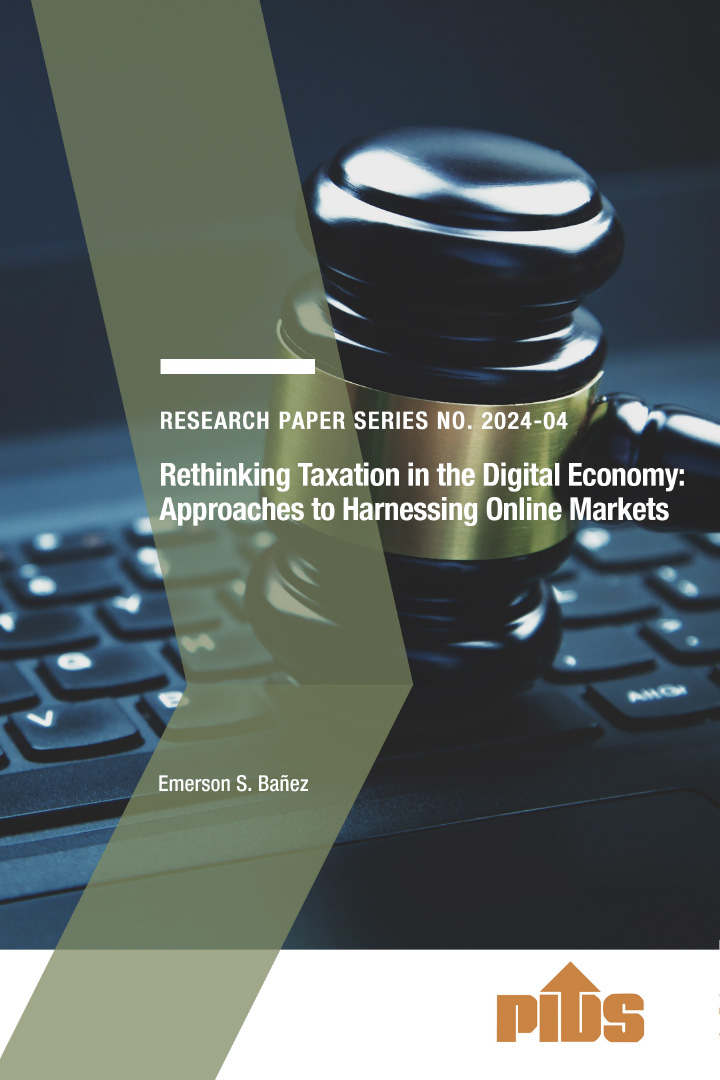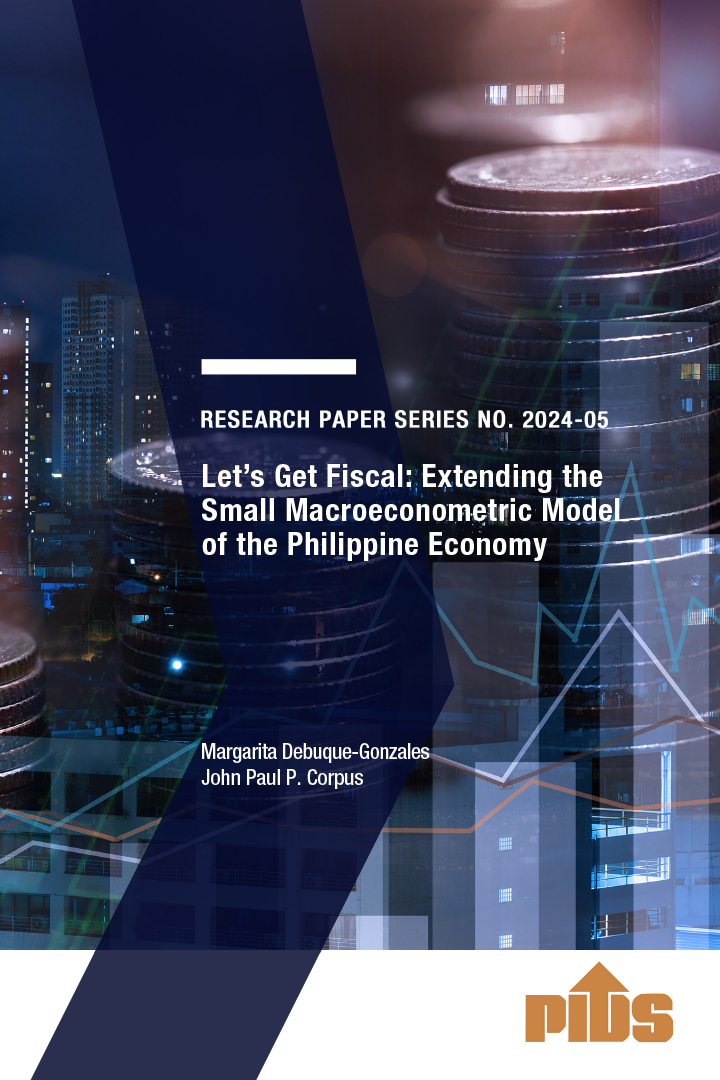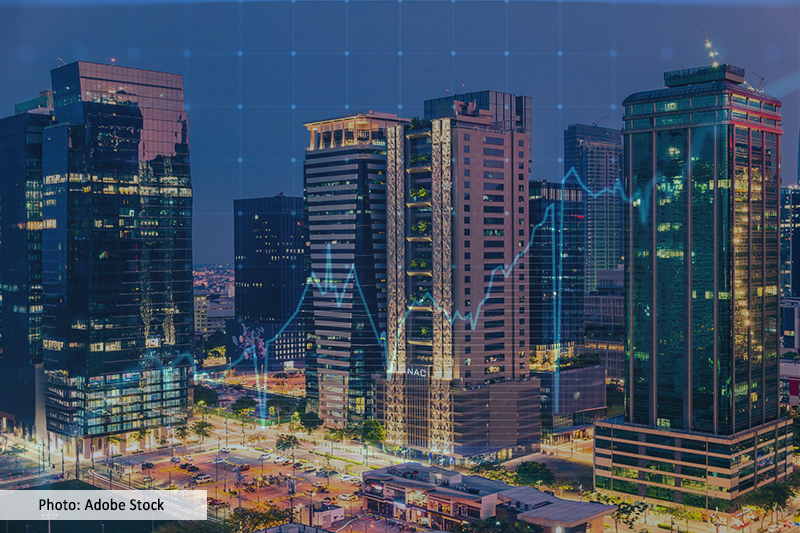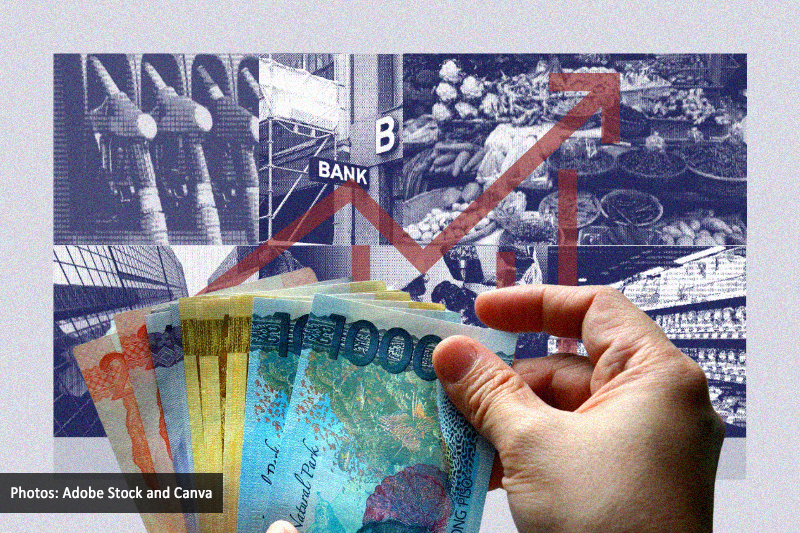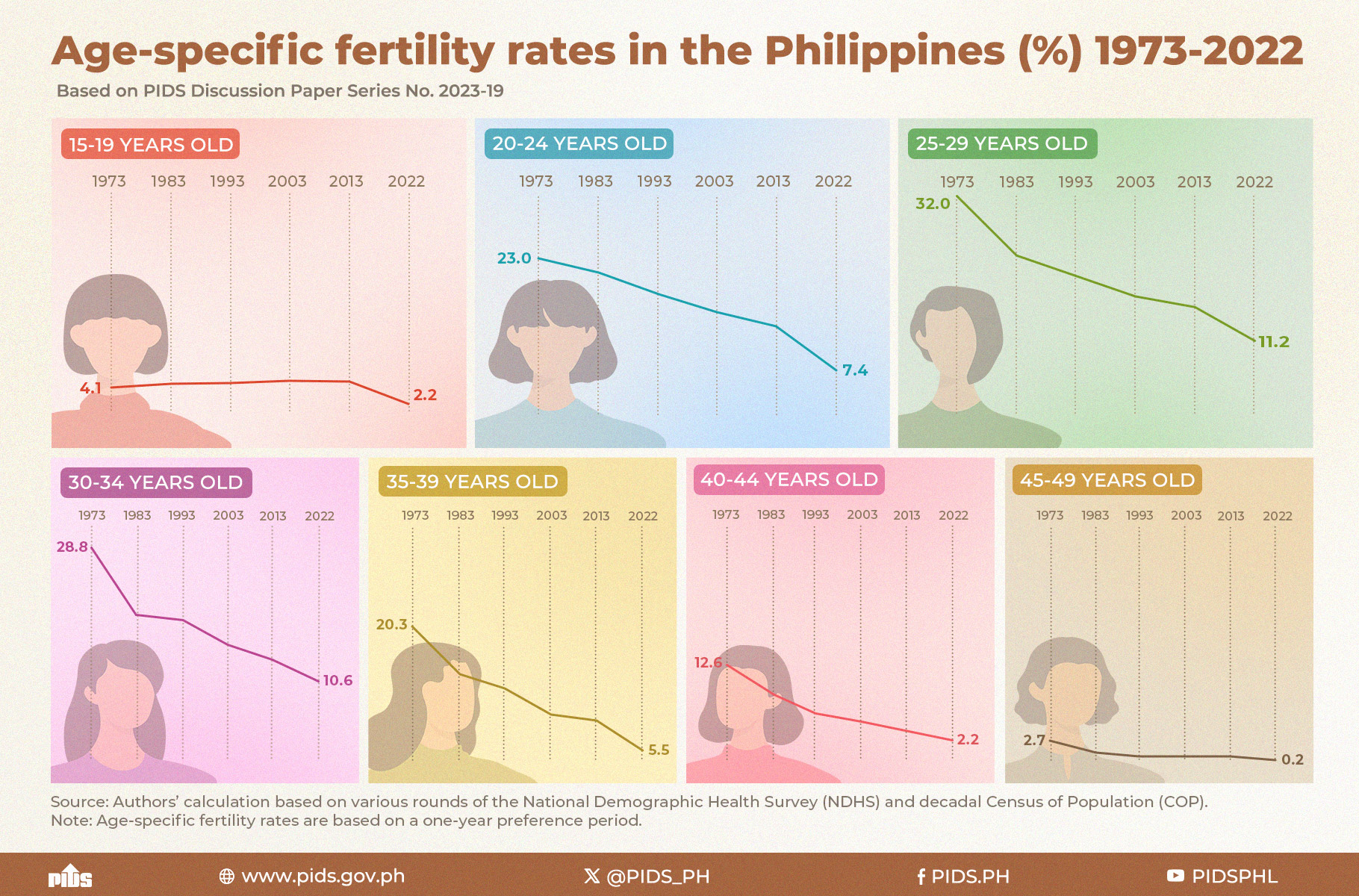THE PHILIPPINES is unlikely to face an economic crisis such as the one being experienced by Sri Lanka right now, economists said, citing the country’s relatively strong fiscal position and economic reforms.
Socioeconomic Planning Secretary Karl Kendrick T. Chua said in a Viber message that the Philippines and Sri Lanka are in “two very different situations.”
“Our country is on the way to further growth and development,” he said.
The Philippine economy grew by 8.3% in the first quarter, on track to meet the government’s revised 7-8% target this year.
Department of Finance (DoF) Chief Economist Gil S. Beltran called the prospect of a Sri Lanka-like crisis in the Philippines “outlandish,” noting the country has far healthier gross international reserves (GIR) than Sri Lanka.
“If you look at Philippine data, the Philippines has outstanding external debt of $106.4 billion and its GIR as of end-March is $107.3 billion,” Mr. Beltran said in an e-mail. “We have more GIR than debt. We can pay off all of it immediately.”
In comparison, Sri Lanka had a GIR of $1.6 billion, while its debts totaled $7 billion, or nearly 5 times their reserves.
Sri Lanka is currently experiencing the worst economic crisis in its history. It defaulted on its sovereign debt earlier this month and is facing a shortage of foreign exchange, fuel and medicine.
“At this point, I do not think that the Philippines will end up in the same economic position as Sri Lanka,” UnionBank of the Philippines, Inc. Chief Economist Ruben Carlo O. Asuncion said in an e-mailed message. “Pre-pandemic, the Philippines and Sri Lanka were far from being the same as well.”
Mr. Asuncion said that the country’s GIR was sufficient to cover import costs for an extended period.
“Debt stock is predominantly in local currency, mitigating currency risk to some extent,” he added.
As of end-March, the National Government’s outstanding debt stood at a record P12.68 trillion. Of this, P8.8 trillion is owed to domestic lenders, while the remaining P3.8 trillion is owed to foreign lenders.
“I think the Philippines enjoys a relatively robust external position, in particular in terms of our current account dynamics. Although now in deficit territory due to surging imports related to the economic reopening, the country still enjoys structural flows in the form of remittances, which have proved to be robust even in the face of a global crisis,” ING Bank N.V. Manila Senior Economist Nicholas Antonio T. Mapa said in an e-mail.
However, Mr. Mapa warned that since the Philippines depends on imported food and fuel, it is more vulnerable to import inflation.
“The Philippines must remain vigilant as the economy attempts to navigate a very challenging global landscape,” he said.
‘STILL MANAGEABLE’
The Philippines’ external debt stock stood at $106.4 billion at the end of 2021, up by 8.2% from the $98.5 billion as of end-2020.
In a Department of Finance (DoF) economic bulletin on Tuesday, Mr. Beltran said the external debt-to-gross domestic product (GDP) ratio stood at 27.4% as of end-2021, slightly lower than the 27.59% in the year prior.
“At 27.4% of GDP, the country’s external debt is at a manageable level. This ratio is less than half of the level in 2005, at 57.3%,” he said.
Mr. Beltran pointed out the Philippines’ external debt-to-GDP ratio was the lowest among five Association of Southeast Asian Nations (ASEAN) members.
“The Philippines is in the middle of 5 ASEAN countries in the ranking of percentage point change in external debt-to-GDP ratio during the pandemic. At 5.2 percentage points, the Philippines is higher than Indonesia and Vietnam but lower than Thailand and Malaysia,” he said.
The external debt-to-GDP ratio of Indonesia and Vietnam stood at 36.2% and 38.6%, respectively. Thailand and Malaysia recorded ratios of 44.3% and 69.6%, respectively.
“This implies continued prudence in debt management,” Mr. Beltran said.
The Philippines’ total debt-to-GDP ratio was 63.5% as of end-March, above the 60% considered manageable by multilateral lenders.
Last week, the Philippine Institute for Development Studies forecasted that the debt-to-GDP ratio could peak at 66.8% in 2024, before easing to 65.7% by 2026.
However, the institute said that this debt surge was less severe than previous instances, as the debt shock was largely due to outside factors, particularly the pandemic.
The country borrowed extensively both from foreign and domestic lenders in order to finance its coronavirus disease 2019 pandemic response.

